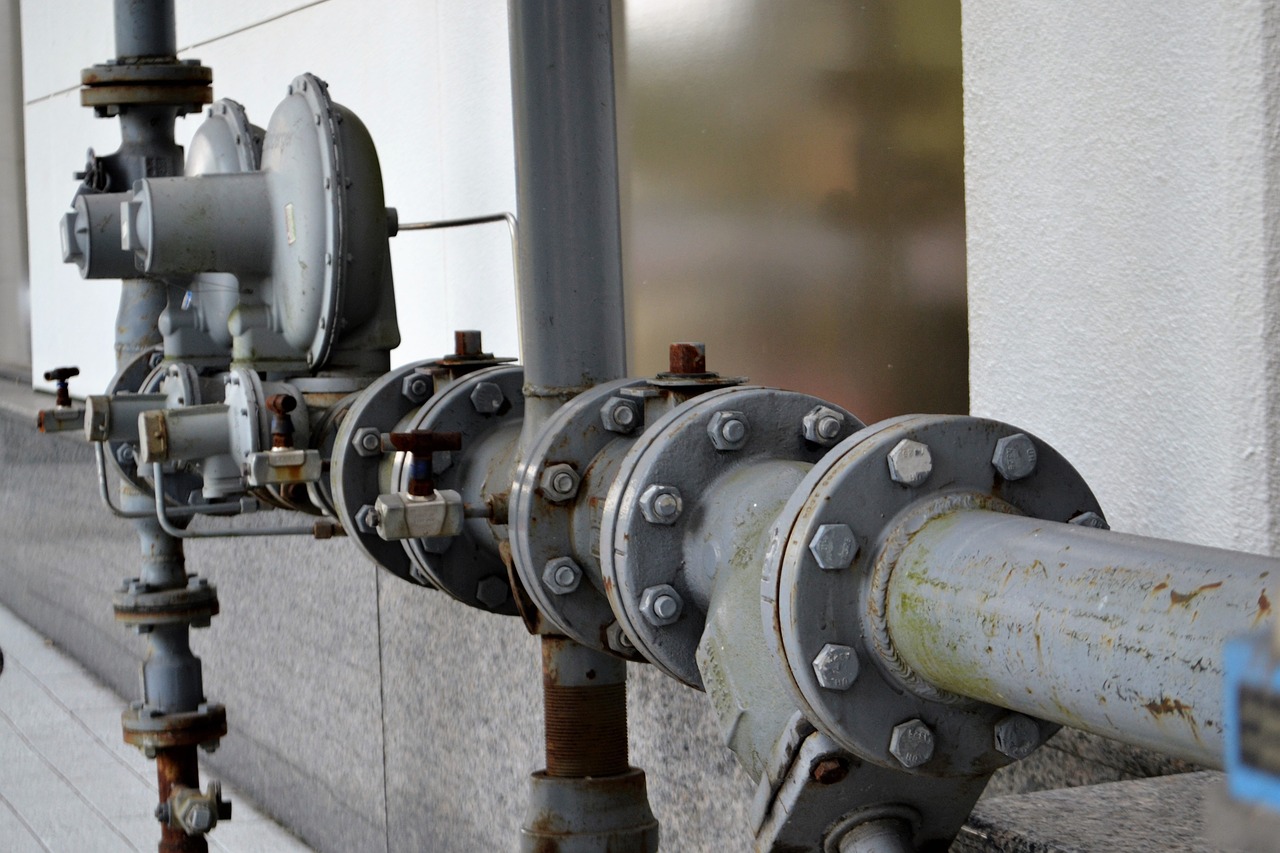Education
What is a pump in Engineering/ Types of Pump

What is a Pump?
When you hear the word pump, what do you think of? For most people, the first thing that comes to mind is the kind of pump used in liquid or gas-powered engines. However, pumps also play an important role in mechanical engineering and other disciplines, and they are used in many different ways and settings in different types of industries and facilities, often in conjunction with other mechanical devices such as valves and regulators. What follows is an introduction to the different types of pumps you’re likely to encounter in your career and how each one operates to perform its designated task.
The Different Types of Pumps
There are two types of pumps, positive displacement and centrifugal. Positive displacement pumps can be further broken down into two categories: rotary and reciprocating. Reciprocating pumps compress fluid through straight up-and-down or back-and-forth motion. Rotary pumps take a different approach—they spin to push liquid through an opening called an inlet port.
Centrifugal Pumps
These work by using centripetal force to create a pressure gradient. Centripetal force refers to an object being pulled toward something else, as centrifugal force pushes objects outward. These pumps operate in high-temperature, high-pressure environments. It’s made up of three parts: Impeller/discharge wheel, volute casing and suction nozzle. It’s used to move liquids with abrasive solids and make them more stable; these liquids include sludge, emulsions and slurries. They are commonly used in oil refineries and offshore drilling equipment.
Positive Displacement Pumps
The moving part of a positive displacement pump (PDP) is called an impeller, and they’re generally able to convert more mechanical energy into hydraulic energy than other pumps. PDPs include roots blowers, centrifugal pumps, piston pumps, screw pumps, and diaphragm pumps. They work on a range of designs, but it’s important to note that all have volute vanes that can make them susceptible to cavitation and erosion when flow rates fall below critical levels. The volute reduces or eliminates losses by reducing head requirements; thus many PDPs are used in low-pressure systems.
Liquid Level Control Pumps
A liquid level control pump keeps fluid at a constant height by pumping fluid up to a reservoir when it dips and returning it to its source when it rises.
For example, in water heaters, when hot water is used, cold water in the tank drops. A liquid level control pump operates by pumping that cold water back up to an outlet pipe. When more hot water is needed, cold water in the tank rises and pushes itself out of an outlet pipe into another container.
Two-Stage Water Transfer Pumps
This type of pump uses two different processes to transfer water. In its first stage, it draws water from an underground source. In its second stage, it pumps that water through a pipe to another location above ground where it can be used. Because these pumps include two separate components, they are usually more expensive than single-stage pumps and don’t typically have as high of a flow rate. However, since they do require less energy and tend to last longer than other types of pumps, you might find them worth it.
Submersible Pumps
One of two main pump types, submersible pumps are designed to be submerged in water. When compared to other pumps, these tend to be energy efficient and quiet. The biggest disadvantage of these pumps is that they can be expensive; if installed improperly or damaged, it can be difficult and costly to repair them. Additionally, they cannot effectively move air or gas-based fluids like slurries or chemicals.

-

 Motivation2 years ago
Motivation2 years agoWhat Research Says About Fear of Self-Motivation
-

 Digital Marketing2 years ago
Digital Marketing2 years agoHow to Learn Graphics Designer
-

 Education2 years ago
Education2 years agoHow do Become a CNC Programmer
-

 Education2 years ago
Education2 years ago4 Things You Didn’t Know About Turbines
-

 Education2 years ago
Education2 years agoThe benefits of hiring a graphics designer
-

 Education2 years ago
Education2 years ago7 Questions to Ask Yourself if You Want to Become a Career
-

 Digital Marketing2 years ago
Digital Marketing2 years agoThe Ultimate Guide to Getting Started as a Full Stack Developer
-

 Health2 years ago
Health2 years ago5 Tips to Improve Your Immune System


